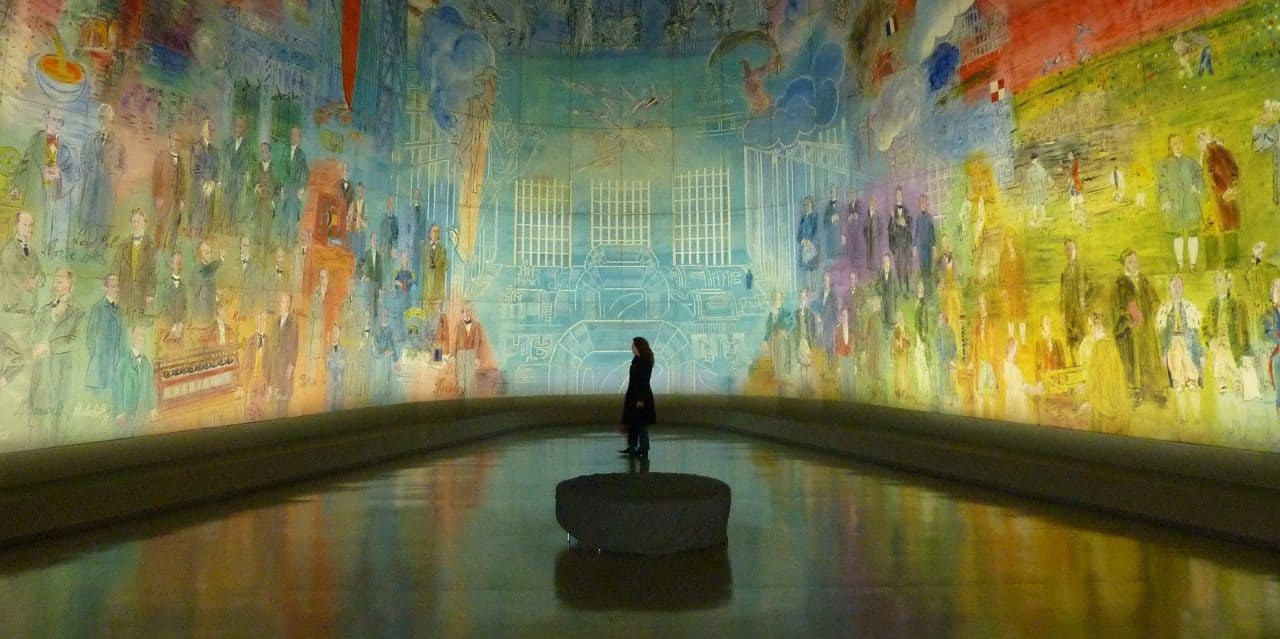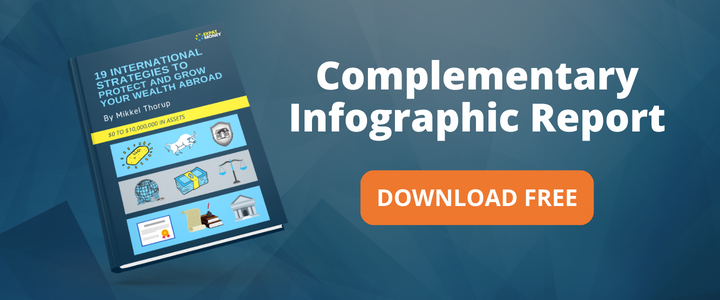Marketing Creativity: How to Turn Your Art into a Successful Business

If you’re relying solely on a formal education and some linear thinking to drive your entrepreneurial strategy, then you’re in for a rude surprise. In the age of automation, creativity is a prerequisite for any business that’s looking to thrive.
At Fortune 500 companies, C-suite executives are instilling this innovation within their workforces, by taking cues from the worlds of music, theatre and art. Boardroom positions that were once filled by finance graduates and software engineers are now being occupied by liberal arts majors and other types of creatives. The flow of ideas has moved the other way as well, buoyed by the marketing potential of social media and the accessibility of direct selling platforms such as Etsy and Bandcamp, artists have begun to monetize their work in new and exciting ways.
The Myth of the Starving Artist
The history of creative arts is littered with examples of visionary talents that went to their grave without a penny to their name. From Van Gogh to Blind Willie Johnson these underappreciated geniuses are often held up as paragons of virtue within their respective fields. While the quality of work produced by many of these artists is notable without question, the narrative surrounding them is certainly worthy of a second look.
This idea that art has to obscure and non-commercial in order to be worthy, is completely without merit. Long before the 20th century Bohemian ideal of the solitary genius came around, artists were considered to be no more than master craftsmen in much the same vein as shipwrights or builders. For celebrated geniuses like Bach, Mozart, Shakespeare and Michelangelo their art was their job, and they were rewarded handsomely for it. Indeed according to recently revealed bank records, Michelangelo was worth an estimated $47 million at the time of his death.
If these legendary figures didn’t have to starve in pursuit of their accomplishments then why should anyone else? After all great art requires just as much input and engagement from audiences, as any innovative product or service.
In Conversation with Creative Entrepreneurs
At The Expat Money Show, we recently spoke to rising underground artist Tim Smith and his manager James Richards. Together this duo is working to bring marketing savvy and new creative energy to the rapidly evolving Manhattan art scene. Our wide-ranging conversation with Tim and James touched upon many topics that will hold relevance for any creative looking to translate their artistic vision into real financial success. Here are some of the key insights offered over the course of the interview.
Outsource Where Possible
Unless you’re a Damien Hirst or a Banksy, marketing probably doesn’t come as naturally to you as picking up a paintbrush might. Unfortunately, the long years spent honing your artistic talents may become irrelevant, if you don’t have the right industry connections or sales skills to do them justice. If you don’t want to spend another decade developing the necessary business competencies to take your art to the masses then the best way to achieve success is with the aid of a talented business manager.
Your manager should ideally cover the following bases:
- They should be able to efficiently coordinate the marketing and promotion of your artwork with minimal input.
- They should have reliable, proven contacts within your chosen industry.
- They should have complete faith in your artistic vision and look to support it any official communications.
- They should have sufficient technical understanding to provide objective feedback about your work.
- They should help you diversify your income streams, by bringing in new clients and channel partners.
Invest in Your Career
As a talented artist, you have one thing that most businesses lack, a completely unique product that can bring guaranteed value to target audiences. Theoretically, as long as you’re able to maintain the consistency of your work and connect with willing buyers, you should have a steady revenue stream for the foreseeable future.
To ensure both of these objectives, you need to start looking at yourself as a creative entrepreneur rather than an artist. With this in mind, any revenues you generate from your artwork should be considered for reinvestment in the business, while your expenses should be optimized wherever possible. Critical areas that any artist should focus on include:
- Make sure you keep track of artwork sold, and profits generated so that you can claim taxes with minimum hassle.
- Get a business license and insurance as soon as possible to protect your work against the threat of damage or theft
- Invest in an aesthetically pleasing online portfolio that reflects your growth as an artist. Make sure to enlist the help of a top-tier photographer who can make your artwork come to life in the eyes of the viewer
- Now that you have some disposable income in the bank, take some time to connect with the local community. Talk to fellow artists and well-known enthusiasts in your local community. Visit art galleries, fairs and exhibitions. Make yourself a fixture on the local scene.
- Invest in better materials. Don’t restrict yourself to one medium, branch out and try different instruments. If you lack a formal arts education, then invest in a few classes to round out your skillset in a couple of different disciplines.
Get a Mentor
Warren Buffet and Bill Gates, Maya Angelou and Oprah Winfrey, Christian Dior and Yves Saint Lauren, Woodie Guthrie and Bob Dylan; each of these pairs exemplifies a highly beneficial mentor/protégé relationship.
While an instructor can demonstrate technique and provide objective criticism, a mentor will go one step further and guide the direction of your entire creative process for years to come. A good mentor won’t hold your hand through every pitfall in your artistic journey, but they will provide you with the critical tools you need to excel and grow on your own. Here are some key characteristics you should look for in an artistic mentor:
- A good mentor should expand the horizons of your understanding every time you engage with them. This will either be because they approach the art from a completely novel perspective, or because they have a far greater knowledge of the techniques in which you hope to specialize.
- Ideally, your mentor should already have attained a degree of professional success in your chosen industry. They should be at least 5-10 years ahead of you in terms of their creative development and they should have a good knowledge of working practices and trends within the industry.
- They should be able to offer insightful criticism about the state of the industry at large, and the potential pitfalls that await you on your journey. They must be willing to engage in debate and discussion about these issues, and answer any questions you have on the matter.
- It’s easy for artists to become self-indulgent and myopic in their approach to the creative process. A good mentor should be able to crack the whip and rein you in when need be
Plus, the Million Dollar Secret to Creative Success!
Are you going through a creative rut? Are you struggling to differentiate your art in a crowded marketplace? Before Tim started to make a name in the notoriously competitive Manhattan art world, he was a 2nd-grade teacher struggling to make good on his dream of creative fulfilment. Listen to our full interview with Tim and James to find out just how he moved past these limitations to get to where he is today. And even better make sure to sign up for our Newsletter below to stay informed of every new Episode of The Expat Money Show.
[spp-optin]



